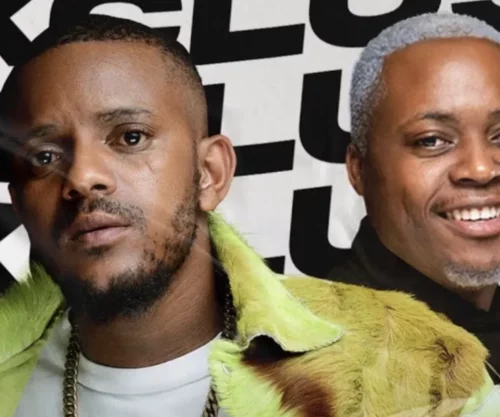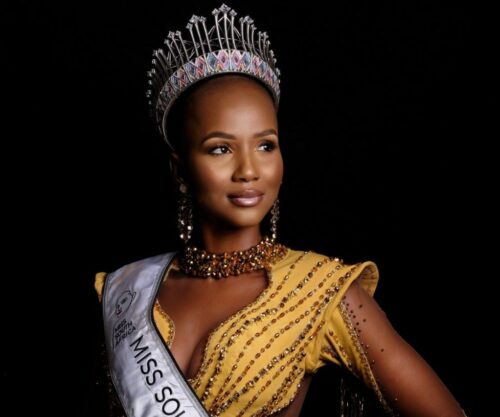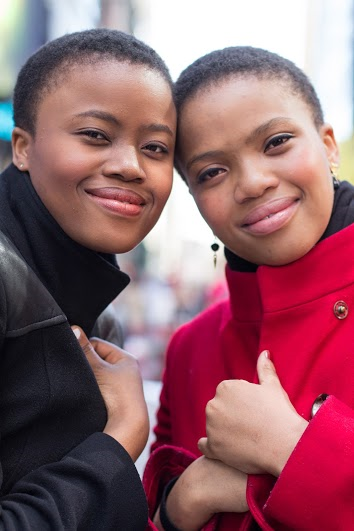
Khensani and Kensiwe Mathebula are two sisters living out their dreams in New York City.
Kensiwe is a Naledi Award nominee who graduated with a degree in Musical Theatre from the Tshwane University of Technology. She’s a dancer, singer, actor and choreographer and has enjoyed a successful career in South Africa, appearing in the television soap opera, The Wild. Since moving to the US, she has enrolled into the New York Film Academy’s Master in Acting for Film program and is currently working as a full time actress.
Khensani meanwhile is a dancer who quit her studies in law after becoming one of two international students to be accepted into the prestigious Ailey School in the US. As a member of the company, Khensani is preparing for their opening season later this year.
We chatted to both sisters about their love for the arts, challenges and future plans.
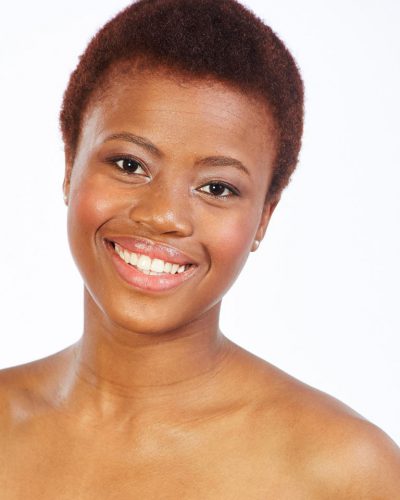
1.When did you know that you wanted to dance?
I grew up dancing. It was my mom’s decision to put my sister and I in ballet at the age of 3. As we grew up we moved to Vanessa Jayne Bennett’s Moving Visions dance studio. A studio that offered classes in different genres of dance, like tap and modern. Out of interest we picked those up too. Dance has always been this fun thing that pushes me to do my best. In terms of dancing professionally though, I think I decided when I saw a modern production by Martin Schoenberg. I remember watching the modern dancers onstage and thinking, “I want to do this: perform, choreograph or direct this type of dance.” When I began to train under Laraine Rabin in high school, she opened my eyes to how it was possible to make a career out of dance in one of the many thriving concert dance companies abroad. She encouraged me to apply to train at The Ailey School in New York City. Being one of two international students amongst only 40 selected dancers, from hundreds of applications around the world, accepted into the Ailey/Fordham BFA Class of 2015 confirmed for me that I could actually make something out of my love of dance.
2. What was it about dance that attracted you the most?
I think that dance is so special because it is a wonderful combination of athleticism and artistry. I have always loved pushing my body in terms of stamina, flexibility and strength, and I have always needed a way to creatively express myself. In the modern dance genre particularly, there is freedom to interpret moves in a personal way. Lastly, I love dance because it is married to music. While many professional dancers and choreographers would disagree– I believe that dance should always illustrate music. My sister and I have a saying that life without music is hell. God gave us music for life, and I enjoy dancing to music to celebrate life.
3. What do you think about the quality of the dancing industry in SA compared to other countries you’ve traveled to?
I can only judge South Africa and America, based on Johannesburg and New York respectively, as the two cities in which I have explored the dance scene. The standard of modern concert dance in South Africa is high. I remember seeing Vuyani Dance Company for example in New York City as a part of the annual Fall for Dance Festival. They were exceptional, and represented South Africa excellently while sharing the stage with international companies! The problem is that there are far too few professional dance companies in South Africa. As a result, many dancers who train seriously in childhood tend to forget about dance after high school because of the lack of opportunities, unless they have an opportunity to pursue it abroad. In New York there is a plethora of dance companies, especially in the modern dance genre. Furthermore, many well-established dance companies are able to pay their dancers with the help of generous funding that is available to support the arts in New York City. If anything, South Africa needs dance to flourish, in terms of being promoted, funded and made accessible to all people. It is not for lack of talent or good dance teachers that we do not have many successful dance companies. This is why the work of dance representatives such as Paul Modadji is vital.
4. What has been the most valuable lesson you’ve learnt from your travels and experiences across the world?
People connect with, and support art that connects with their culture! This lesson has informed my outlook on dance. The great Alvin Ailey, founder and choreographer of the Alvin Ailey American Dance Theater, under which the The Ailey School was, developed -where I trained- was a legendary choreographer. His company was recognized as an American cultural emissary around the world, largely because he so beautifully captured African-American culture in his works. Some people like to look at perfect art, but many more are moved by art that reflects who they are in some way. I am hopeful that it is just a matter of time before many emerging professional dance companies in South Africa, and I am sure a few have already begun, will showcase different aspects of South Africa’s vibrant culture in movement, feel and message! I think that once professional dance is made from the fabric of South African culture, then going out to watch professional dance shows will become a part of South African culture! Many South Africans dance through life. I see no reason why the ways in which we dance should not be reflected on stages around the world.
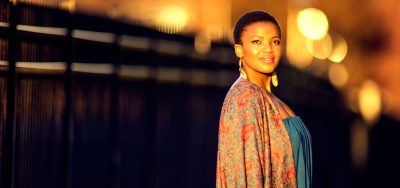
1.You seem to have your hands in quite a few different jars. How do you balance all your projects?
Prayer comes first, for guidance and wisdom.
I have yet to discover the secret of balancing everything but I believe every overwhelming season is an opportunity for me to learn how to prioritize better, handle stress better and take care of myself and my family while still achieving excellence in all I do. It is my desire to be prosperous in my professional and personal life. For that goal to come true I am developing habits such as planning months ahead, managing my time strictly, and trusting those who are on my team as well as communicating with them clearly.
2. Have you found attitudes towards pursuing a career in the arts for black women different in New York compared to SA?
I am blessed that I always have had the support of my parents but in general I have found that people in New York and SA are not very encouraging of my pursuit of a career in the arts. In SA some people don’t believe the arts can hold a serious career, and in NY people are discouraging because the odds seem so stacked against any artist trying to “make it in the big city.”
It seems harder to make it as a black women in New York than at home. In New York there is so much more competition because of the huge number of artists vying for roles and, I have found that very few roles are written with black women in mind. Whereas in South Africa black women have a lot more roles written for them. This is the disadvantage of being a minority in America. More creators are writing stories without someone like me in mind. This experience has helped me appreciate what I took for granted at home; being a part of the majority.
3. Any plans to return to SA?
Definitely! My husband, sister and I hope to return home with the ability and resources to give other artists and the youth opportunities for education and empowerment in the arts by creating art schools and work opportunities. I hope to have an extensive international career before I go home to share my experience with others.
4. What are the main difference between the New York art scene and the Joburg one?
The New York art scene is different from the Joburg art scene in that it has;
- Broadway, and an audience that has great respect for theater and the willingness to pay greatly to view art.
- Unions that protect their artists from exploitation and hold employers and employees to a high standard.
- Exceptional opportunities in theater and television; as many television shows are shot in New York.
- The possibility to work with the best artists in the world.
- And more and more opportunities.
- Lastly, the chance for extraordinary success that does not have a financial ceiling.
I do not take for granted the excellent art scene of South Africa where our stories are told at high quality. I still hope to work with many South African artists in the future.


